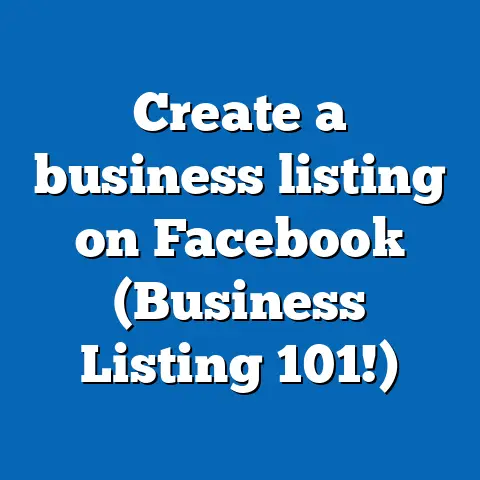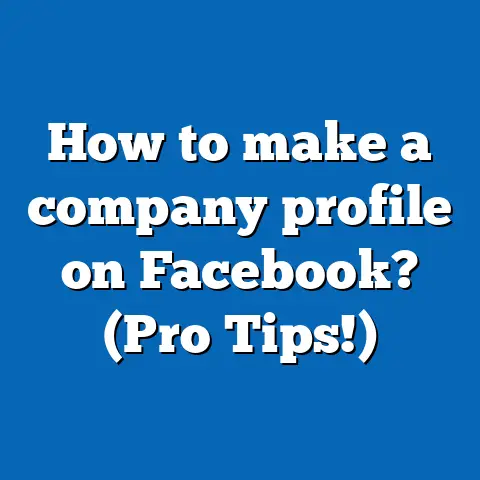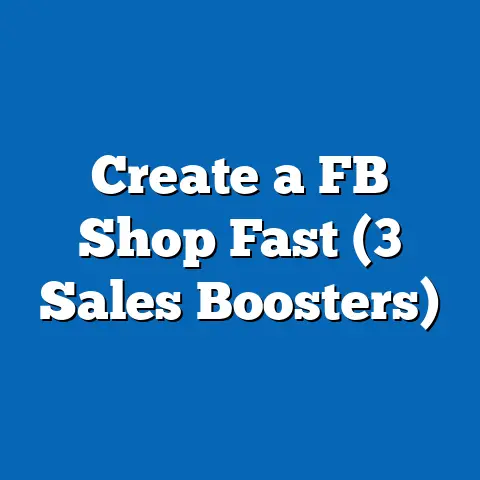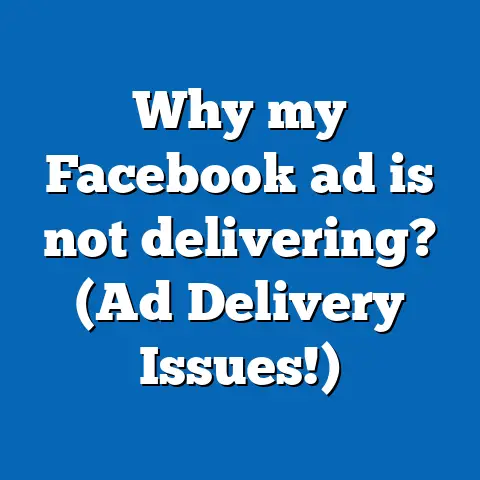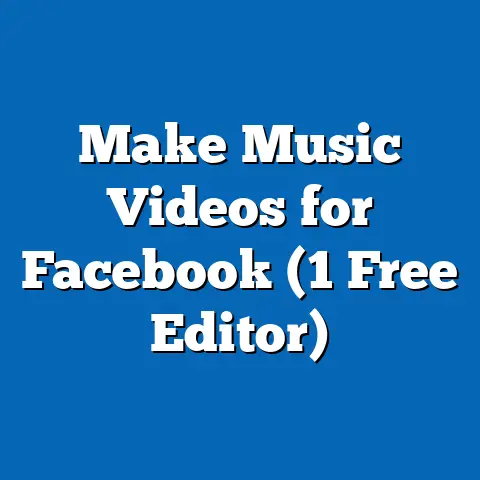Standard Facebook Post Size (2025 Specs)
“I always struggle with Facebook post sizes.
Can you help me figure out what’s best for 2025?”
A client asked me this recently, and I thought,
“Hey, if they’re confused, maybe others are too!”
So here we are, unraveling the mystery of Facebook
post sizes for the year 2025.
Why Does Post Size Matter?
Before we jump into the nitty-gritty, let’s chat a bit.
Ever posted a picture on Facebook only to find out
it’s cropped weirdly? Or perhaps your text gets cut
off because it’s too long? Frustrating, right?
Sizing your posts correctly can improve your visibility,
engagement, and overall performance. It’s like putting
on your best outfit before a big night out—first impressions matter!
What We’ll Cover
- Image and Video Sizes: Get the lowdown on what works.
- Text Limits: Keep your message clear and concise.
- Ad Specs: How to nail those paid promotions.
- Tips and Tricks: Make sure your posts shine!
Image and Video Sizes
Profile Pictures
Let’s start with the basics. Your profile picture is
the face of your brand. In 2025, aim for a square image
of 360 x 360 pixels. Anything smaller might look blurry.
Why Profile Pictures Are Important
Profile pictures are often the first visual impression.
Whether you’re a business or an individual, this image
needs to represent you well. Ensuring clarity and brand
consistency here can lead to better recognition and trust.
Best Practices for Profile Pictures
- Keep It Simple: Use clear logos or headshots.
- Consistent Branding: Match your profile image with other platforms.
- Regular Updates: Refresh the image periodically to reflect current campaigns or seasons.
Cover Photos
This one’s a bit wider—820 x 312 pixels. Remember,
this is like your digital billboard. Keep it clean and on-brand.
Creative Uses for Cover Photos
Your cover photo is prime real estate for showcasing
new products, promotions, or brand values. Think of it
as an opportunity to express what’s happening right now with your brand.
Tips for Engaging Cover Photos
- Highlight Promotions: Are you running a special deal? Let people know!
- Seasonal Changes: Update your cover photo to reflect different times of the year.
- Tell a Story: Use this space to visually tell your brand story.
Shared Images
For those regular posts, stick to 1200 x 630 pixels.
This size ensures your image looks great on both desktop
and mobile screens without any awkward cropping.
Enhancing Engagement with Shared Images
Images are powerful—people remember visuals more than text.
Strategically using images can boost engagement and shares.
How to Optimize Shared Images
- Use High-Resolution Images: Ensure clarity across devices.
- Incorporate Text Wisely: Too much text can clutter the image.
- Color Psychology: Match colors to evoke specific emotions.
Shared Videos
Videos are where things get exciting! I love using them
for storytelling. Aim for a resolution of at least 1280 x 720 pixels.
The Power of Video Content
Video content can convey messages quickly and effectively.
Whether it’s a tutorial, testimonial, or behind-the-scenes peek, videos engage users uniquely.
Tips for Creating Impactful Videos
- Captivate Early: Hook viewers within the first few seconds.
- Subtitles and Captions: Many users watch videos without sound.
- Call to Action: Encourage viewers to take action at the end.
Pro Tip: Keep your videos under 3 minutes for maximum engagement!
Stories
Facebook Stories are fun and informal. Use a size of
1080 x 1920 pixels—just like Instagram stories.
Leveraging Stories for Engagement
Stories offer a more personal connection with your audience.
They’re temporary but impactful when used right.
Creative Ideas for Stories
- Behind-the-Scenes: Give followers an inside look at your operations.
- Polls and Questions: Interact directly with your audience.
- Daily Tips or Quotes: Share quick, valuable insights.
Text Limits
Post Text
Got something to say? Keep it snappy! The ideal length
is around 140 characters. If you go over, remember:
only the first couple of lines show up in the preview.
Crafting Concise Messages
Getting your point across with fewer words is an art.
Focus on clarity and impact without overwhelming your audience.
Techniques for Effective Short Texts
- Prioritize Key Information: Lead with the most important details.
- Engagement Hooks: Use questions or statements that provoke thought.
- Emojis Wisely: They can add personality but shouldn’t replace words.
Headlines
Crafting a catchy headline? Make sure it’s under 40 characters.
The Importance of Headlines
Headlines are like the gateway to your content—they attract and inform simultaneously.
Strategies for Killer Headlines
- Be Direct: Clearly state what the post is about.
- Use Numbers: Lists often grab attention (e.g., “5 Ways to…”).
- Incorporate Power Words: Words that evoke emotion or curiosity.
Link Descriptions
Keep these concise too—30 characters max for the best impact.
Optimizing Link Descriptions
Link descriptions help set expectations about what users will find upon clicking.
Best Practices for Link Descriptions
- Summarize Effectively: Capture the essence in few words.
- Align with Content: Ensure descriptions accurately reflect linked content.
- A/B Testing: Experiment with different descriptions to see what resonates best.
Ad Specs
Image Ads
For a standard image ad, use a size of 1200 x 628 pixels.
Remember to keep the text within 20% of the image area.
Designing Effective Image Ads
Ads need to catch attention quickly and communicate value immediately.
Tips for High-Performing Image Ads
- Focus on Benefits: Clearly show what users gain.
- Consistency in Branding: Align ad visuals with overall brand aesthetics.
- Include a Clear CTA: Encourage immediate action (e.g., “Shop Now”).
Video Ads
These should be at least 1280 x 720 pixels, but I suggest
going for full HD if possible for that extra sharpness.
Crafting Compelling Video Ads
Video ads provide an opportunity to tell richer stories than static images.
Elements of Successful Video Ads
- Storytelling: Create a narrative that resonates with viewers.
- Visual Appeal: Use high-quality visuals that reflect professionalism.
- Emotional Connection: Tap into emotions for deeper engagement.
Carousel Ads
Each card should be 1080 x 1080 pixels. This square format
works well on both mobile and desktop.
Maximizing Carousel Ad Potential
Carousel ads allow you to showcase multiple products or features in one go.
Strategies for Carousel Ads
- Highlight Variety: Display different aspects or products effectively.
- Sequential Storytelling: Guide viewers through a story across cards.
- Interactive Elements: Encourage swipes with engaging content on each card.
Tips and Tricks
1. Keep It Consistent
Your brand’s look and feel should be uniform across all platforms.
Building Brand Consistency
Consistency helps in building a recognizable brand image that users can easily identify across channels.
How to Maintain Consistency
- Design Templates: Use templates for images and video layouts.
- Brand Guidelines: Establish clear rules for colors, fonts, and tone of voice.
- Regular Audits: Periodically review content for adherence to brand standards.
2. Use High-Quality Images
Blurry or pixelated images can turn people off instantly.
Ensuring Image Quality
Quality images reflect professionalism and care, affecting how users perceive your brand.
Tips for High-Quality Images
- Professional Photography: Invest in good photography or stock images.
- Editing Tools: Utilize tools like Photoshop or Canva for enhancements.
- Resolution Checks: Always verify resolution before posting or uploading images.
3. Experiment with Formats
Don’t be afraid to try different types of posts—videos, images, and text.
Exploring Diverse Formats
Different formats cater to different audience preferences and can enhance engagement metrics.
Ideas for Format Experimentation
- Live Videos: Engage audiences in real-time discussions or demos.
- Infographics: Simplify complex information into digestible visuals.
- User-Generated Content: Encourage followers to share their experiences using your products.
4. Track Engagement
Always keep an eye on what works best for your audience.
Monitoring Engagement Metrics
Tracking helps in understanding how well your content performs and guides future strategies.
Here’s a quick recap to get you started:- Profile Picture: 360 x 360 pixels
- Cover Photo: 820 x 312 pixels
- Shared Images: 1200 x 630 pixels
- Shared Videos: At least 1280 x 720 pixels
- Stories: 1080 x 1920 pixels
- Image Ads: 1200 x 628 pixels
- Video Ads: At least 1280 x 720 pixels
- Carousel Ads: 1080 x 1080 pixels
FAQs
Q: What happens if I don’t use the recommended sizes?
A: Your posts might get cropped or appear pixelated, affecting viewer experience negatively.
Q: Can I use the same images for Instagram and Facebook?
A: Yes, but make sure they fit both platforms’ size requirements to prevent any quality loss or cropping issues.
Q: How often should I update my profile and cover photos?
A: Every few months or when you launch a new campaign, freshening up these visuals can keep your profile looking current and relevant.
Feel free to experiment and see what resonates with your audience!


